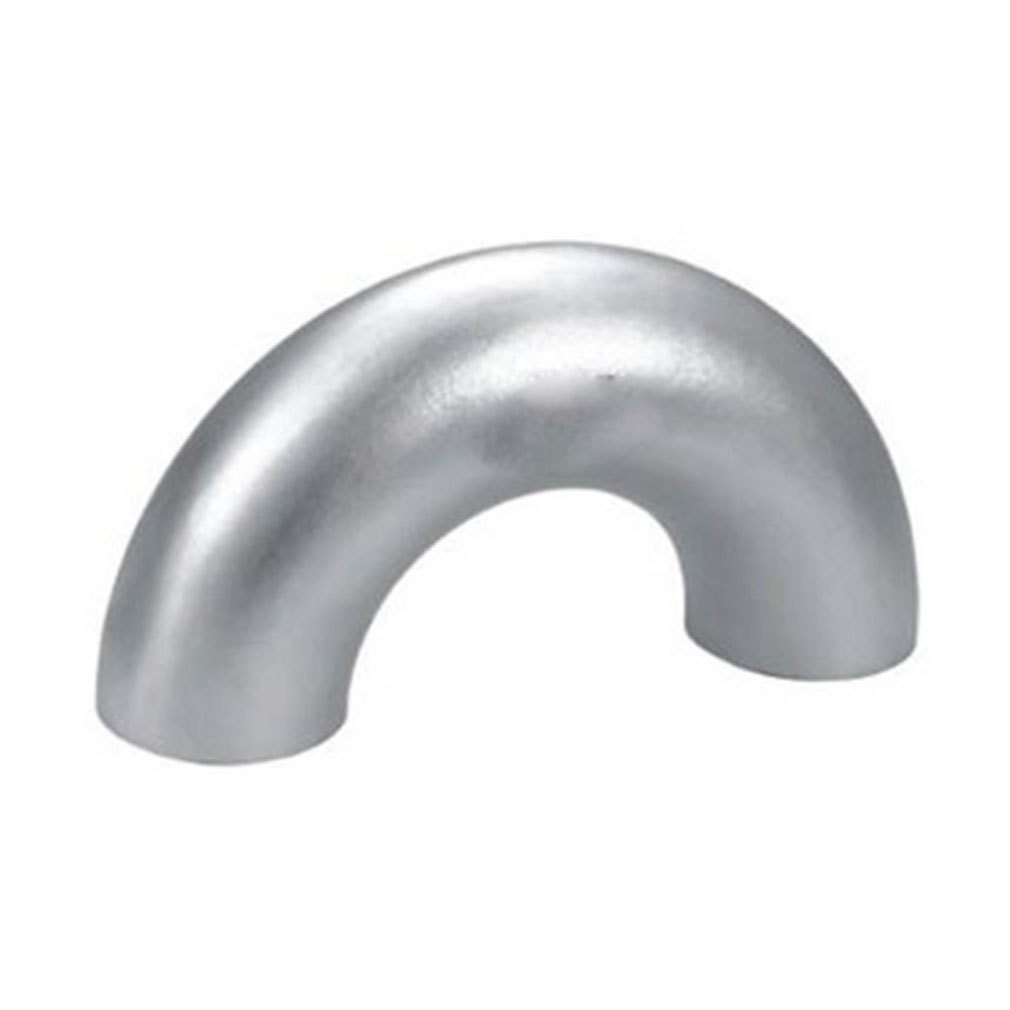-
Cangzhou Yulong Steel Co., Ltd.
-
Phone:
+86 13303177267 -
Email:
admin@ylsteelfittings.com
- English
- Arabic
- Italian
- Spanish
- Portuguese
- German
- kazakh
- Persian
- Greek
- French
- Russian
- Polish
- Thai
- Indonesian
- Vietnamese
- Zulu
- Korean
- Uzbek
- Hindi
- Serbian
- Malay
- Ukrainian
- Gujarati
- Haitian Creole
- hausa
- hawaiian
- Hebrew
- Miao
- Hungarian
- Icelandic
- igbo
- irish
- Japanese
- Javanese
- Kannada
- Khmer
- Rwandese
- Afrikaans
- Albanian
- Amharic
- Armenian
- Azerbaijani
- Basque
- Belarusian
- Bengali
- Bosnian
- Bulgarian
- Catalan
- Cebuano
- China
- China (Taiwan)
- Corsican
- Croatian
- Czech
- Danish
- Esperanto
- Estonian
- Finnish
- Frisian
- Galician
- Georgian
- Kurdish
- Kyrgyz
- Lao
- Latin
- Latvian
- Lithuanian
- Luxembourgish
- Macedonian
- Malgashi
- Malayalam
- Maltese
- Maori
- Marathi
- Mongolian
- Myanmar
- Nepali
- Norwegian
- Norwegian
- Occitan
- Pashto
- Dutch
- Punjabi
- Romanian
- Samoan
- Scottish Gaelic
- Sesotho
- Shona
- Sindhi
- Sinhala
- Slovak
- Slovenian
- Somali
- Sundanese
- Swahili
- Swedish
- Tagalog
- Tajik
- Tamil
- Tatar
- Telugu
- Turkish
- Turkmen
- Urdu
- Uighur
- Welsh
- Bantu
- Yiddish
- Yoruba

Aug . 07, 2024 13:45 Back to list
Understanding Pipe Coupling Threads for Efficient Plumbing and Piping Solutions in Various Applications
Understanding Pipe Coupling Threaded Connections
In the realm of plumbing and piping systems, the importance of coupling threads cannot be overstated. Pipe couplings are essential components that connect two lengths of pipe, enabling the seamless transfer of fluids, gases, and other materials. Among various types of couplings, threaded pipe couplings play a critical role due to their ease of use, affordability, and reliable performance. This article delves into the significance of pipe coupling threaded connections, their types, applications, and some best practices for installation.
What Are Pipe Couplings?
Pipe couplings are devices used to connect two pieces of pipe together. They can be categorized based on their design, such as threaded, welded, or flanged. Threaded couplings have internal threads that allow them to be screwed onto the external threads of pipes. This type of coupling is favored for its straightforward assembly, which does not require additional tools or skills beyond standard hand tools.
Types of Threaded Pipe Couplings
Threaded pipe couplings come in various shapes and sizes, accommodating different pipe diameters and materials. The most common types include
1. Standard Couplings These allow connections between two standard pipes of the same diameter. 2. Reducing Couplings Used to connect pipes of different diameters, impacting flow rates and pressure dynamics. 3. Union Couplings These provide a way to disconnect and reconnect pipes without the need for unscrewing, which is particularly useful for maintenance purposes.
The material of the coupling is also significant; common materials include brass, stainless steel, and PVC
. Each material offers distinct advantages based on corrosion resistance, strength, and temperature tolerance.Applications of Threaded Pipe Couplings
pipe coupling threaded

Threaded pipe couplings are widely used across various industries. In residential plumbing, they connect pipes for water supply lines, ensuring a leak-free seal and easy access for repairs or replacements. In industrial settings, these couplings play a crucial role in the assembly of vast piping networks for chemicals, steam, and gas.
Another area of application is in HVAC systems, where threaded connections ensure that air and refrigerants circulate effectively throughout the system. The versatility of threaded couplings makes them an ideal choice for temporary installations as well, such as in construction sites or in test setups.
Best Practices for Installation
To ensure the longevity and reliability of threaded pipe couplings, certain best practices should be followed during installation
1. Clean Threads Before connecting pipes, clean the threads to remove any debris, dirt, or old sealant that could affect the seal. 2. Use Thread Sealant Applying a suitable thread sealant or Teflon tape can help prevent leaks by filling gaps between the threads.
3. Hand Tighten First Start by hand-tightening the coupling and then use a wrench to secure it further. However, avoid over-tightening as this could strip the threads or crack the coupling.
4. Inspect Regularly Periodically check the couplings for signs of wear, rust, or leakage, especially in high-pressure applications.
Conclusion
Pipe coupling threaded connections serve as essential elements in fluid and gas transport systems, providing a simple yet effective means of joining pipes. Understanding the different types, their applications, and best practices for installation is vital for ensuring optimal performance and longevity. As industries continue to evolve, the need for reliable and efficient piping solutions remains paramount, making threaded pipe couplings a mainstay in piping technology. Whether in residential, commercial, or industrial settings, their significance is undeniable, underscoring the importance of quality and attention to detail in piping assembly and maintenance.
Latest news
-
ANSI 150P SS304 SO FLANGE
NewsFeb.14,2025
-
ASTM A333GR6 STEEL PIPE
NewsJan.20,2025
-
ANSI B16.5 WELDING NECK FLANGE
NewsJan.15,2026
-
ANSI B16.5 SLIP-ON FLANGE
NewsApr.19,2024
-
SABS 1123 FLANGE
NewsJan.15,2025
-
DIN86044 PLATE FLANGE
NewsApr.19,2024
-
DIN2527 BLIND FLANGE
NewsApr.12,2024
-
JIS B2311 Butt-Welding Fittings LR/SR 45°/90° /180°Seamless/Weld
NewsApr.23,2024











